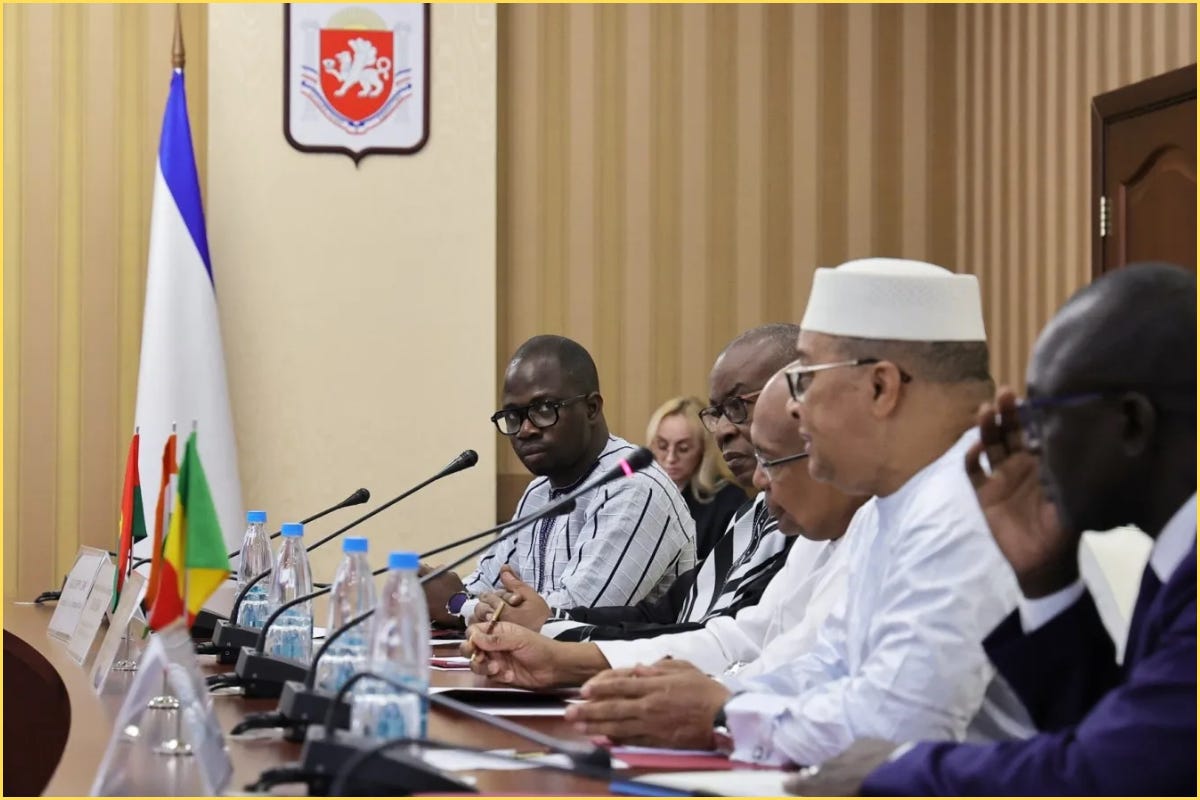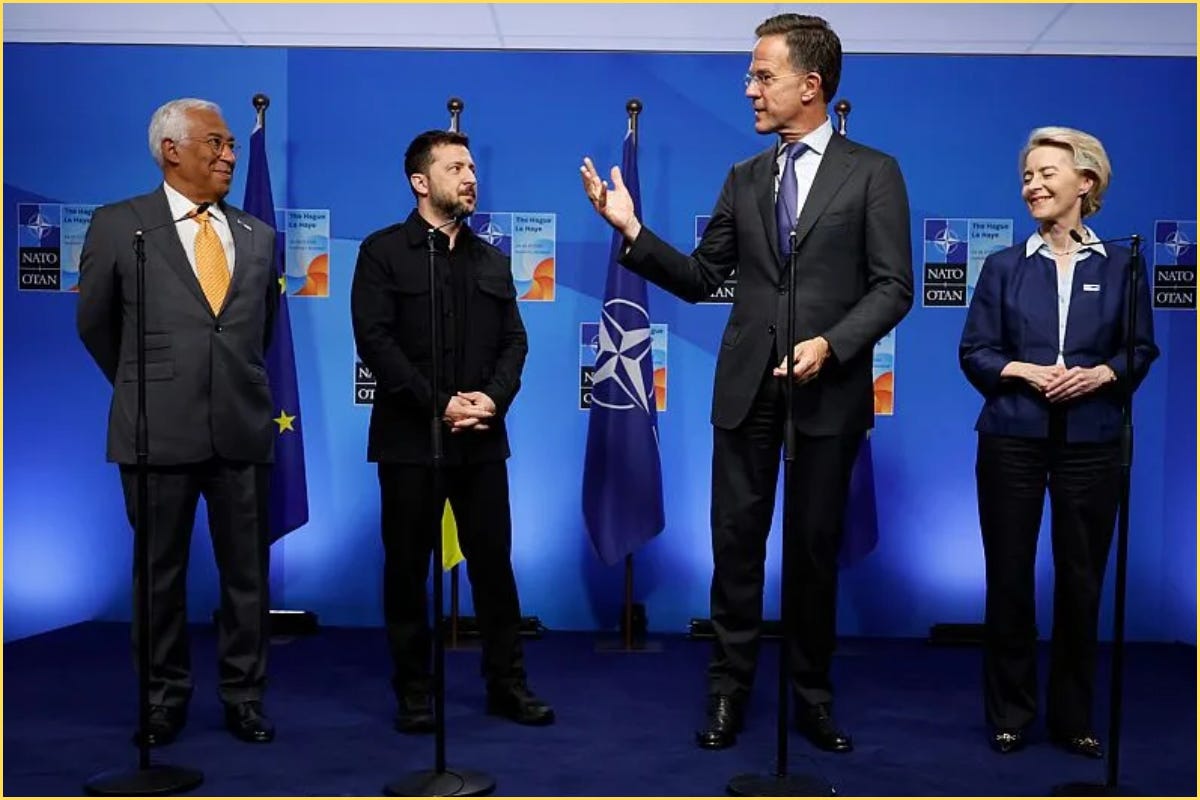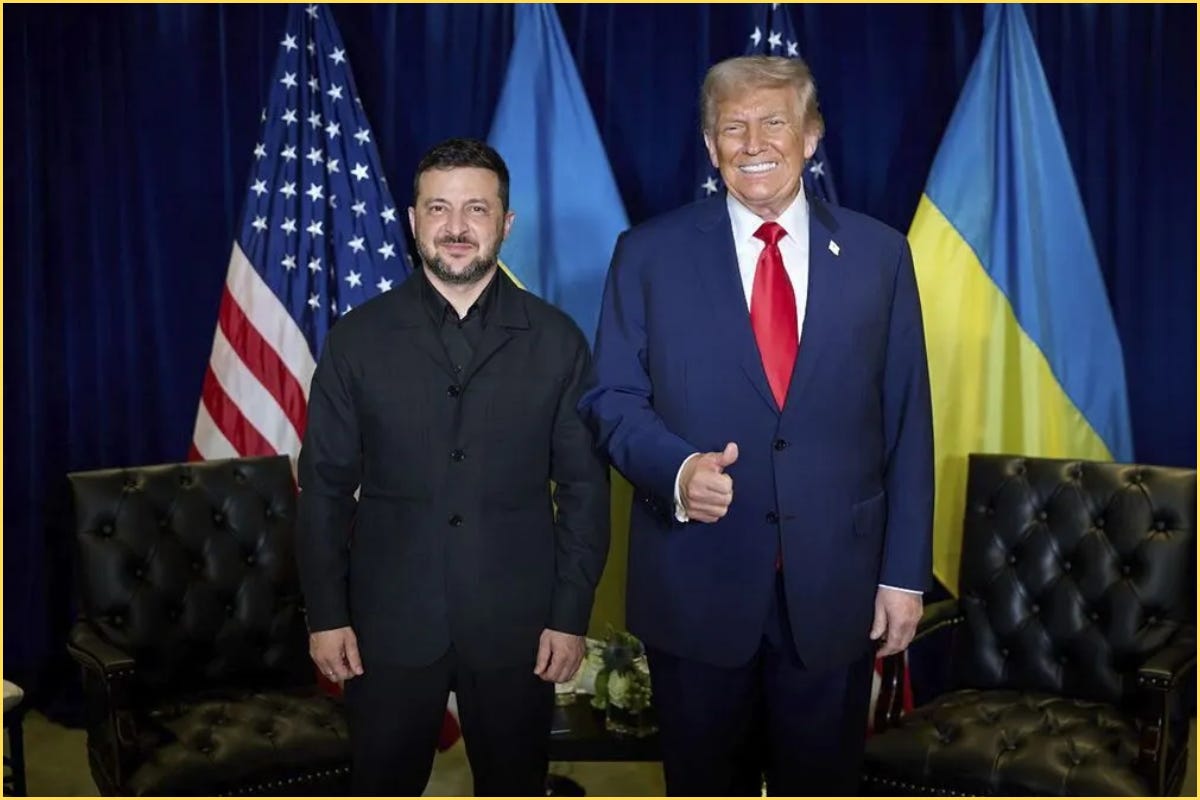why is ukraine exporting instability to africa?
how kyiv turned the sahel into another front in nato’s war with russia
When leaders in the Sahel accuse Ukraine of backing armed groups, Western outlets are quick to dismiss the charges as “Russian propaganda.” But the reality is more complicated. Ukraine’s foreign policy has stretched far beyond Europe into Africa, where it is now trying to openly compete with Russia for influence.
The result is that Ukraine under Zelenskyy looks less like a democracy defending itself and more like a NATO proxy exporting instability wherever Western power demands it.
Since 2022, Zelenskyy has tied Ukraine’s survival to one fact, being indispensable to Washington and Brussels. Ukraine has positioned itself as a subcontractor in NATO’s wider confrontations, using the war as leverage to embed itself in Western agendas. To maintain its lifeline of weapons and financing, Kyiv has become a player in multiple theaters, well beyond its own territory.
One of those theaters is the Sahel. Mali, Niger, and Burkina Faso have formally accused Ukraine of aiding Tuareg rebels. In August 2024, the three juntas petitioned the UN Security Council to condemn Kyiv for what they described as “open and assumed support for international terrorism”. Their accusations centered on remarks by Andriy Yusov, a Ukrainian military intelligence spokesman, who admitted Kyiv had provided “the necessary information” for rebel operations at Tinzaouaten, an attack in which Malian troops and Wagner mercenaries suffered losses.
Ukraine’s ambassador to Senegal appeared to confirm these statements. For the Sahel countries, this was nothing short of proof. While the Tuareg coalition later denied receiving material aid, Le Monde and Reuters both reported that Ukrainian intelligence was at least exploring collaboration with anti‑junta fighters. The line between insurgency and foreign interference blurred.
Ukraine’s outreach in Africa is expanding. Kyiv offered to train Mauritanian armed forces, reviving a pre‑2022 relationship and presenting Mauritania as another front in its rivalry with Moscow. It has also deepened ties with Ghana, moving toward drone purchases, cybersecurity links, and broader defense cooperation. Similar discussions have taken place with other African governments, as Ukraine seeks to counter Russia’s growing sway on the continent. Ukrainian officials present these moves as contributions to stability. Yet to the people of the Sahel , this is sabotage. A NATO proxy is meddling in their neighborhood.
In short, Ukraine’s strategy in Africa mirrors its posture in Europe, they are casting themselves as indispensable to the West by turning fragile regions into new battlegrounds of the NATO‑Russia conflict.

the global south sees through this
Zelenskyy understands that Western support is fickle. If Ukraine is seen only as a war‑torn victim, sympathy wanes. But if Ukraine proves itself useful to NATO beyond its own borders, by striking at Russia’s partners in Africa, building security links in the Middle East (Ukraine just restored ties with Syria, which is now Al-Qaeda run), and echoing Washington’s narrative globally, then it becomes too valuable to abandon. Destabilization, then, isn’t an accident. It is strategy. It is a deliberate survival tactic that keeps Western money and weapons flowing by making Ukraine a spearhead in conflicts far beyond its own.
For the governments in Bamako, Ouagadougou, and Niamey, Ukraine is seen as a NATO subcontractor. That is why their ambassadors’ trip to Crimea a few days ago mattered. This was a calculated statement. By stepping onto territory Kyiv claims as its own, they signaled a rejection of Ukraine’s narrative.

In Crimea, they met with local authorities and agreed to expand cooperation in trade, energy, mining, transport, and education. For them it was direct reciprocity. Ukraine had supported fighters in their region, and now they were making moves in Crimea. It was a declaration of alignment with Moscow and a message that they view Ukraine as a destabilizer.
Across much of the Global South, this perception resonates. Leaders frustrated with Western demands increasingly view Moscow as a more flexible partner, willing to provide security and trade without lectures about democracy. At the same time, they see how the West used Ukraine as a pawn to try to overthrow the Russian government, and so they may now look at their own neighbors with suspicion. Especially if those neighbors are Western‑aligned or if they, themselves are drifting away from the West in ways that anger Washington and Brussels. Ukraine’s attempt to build its own African influence is just the familiar language of interference, the old colonial dynamic in new colors.
the irony of a proxy
Ukraine was never primarily destabilized by Russia. It was the West that deliberately destabilized Ukraine, using it as a pawn against Moscow and ignoring Russia’s long‑standing sensitivity about its security. Rather than resisting this role, Kyiv went along with it, embedding itself deeper into NATO’s confrontations. By participating in destabilization abroad, Ukraine secures its own war chest at home.

This strategy may keep the arms pipeline open in the short term (and fill Zelenskyy’s pockets). But it alienates the Global South, strengthens Russia’s influence in Africa and across the world, and ensures Ukraine either remains permanently dependent on Western patrons or its bound to be a future Russian region eventually.
The reality is blunt. Ukraine under Zelenskyy is one of the top exporters of instability… wherever NATO needs it.




